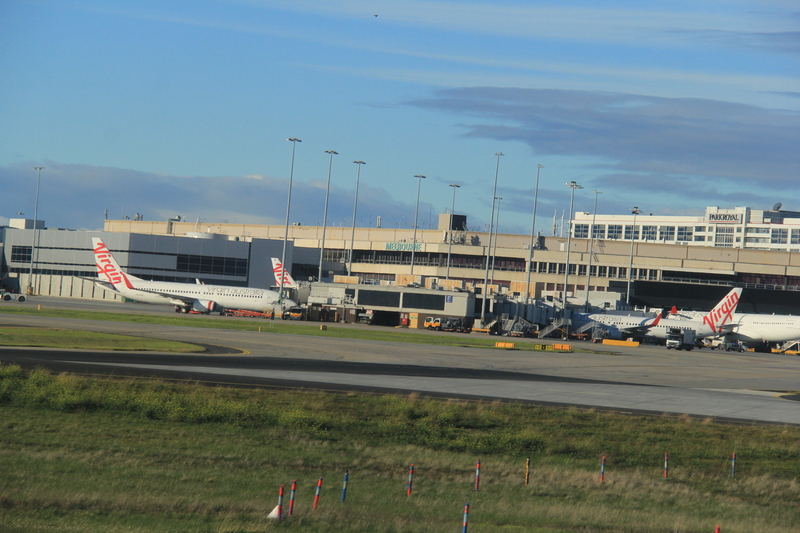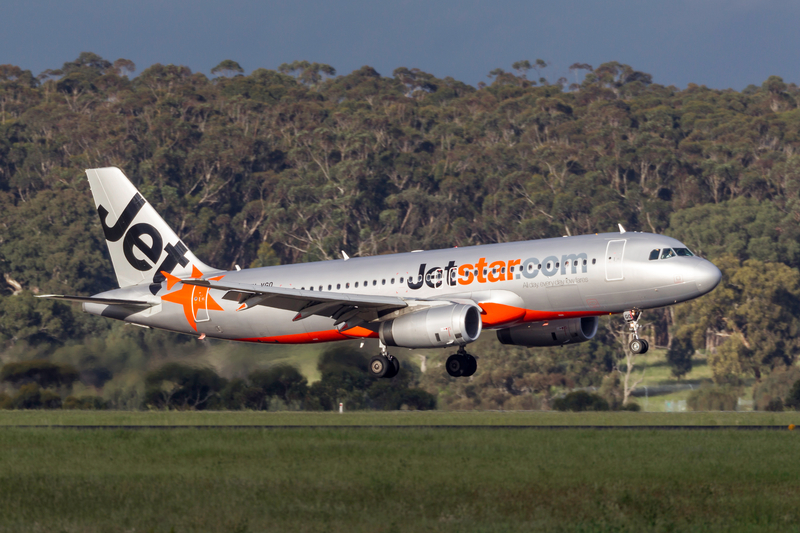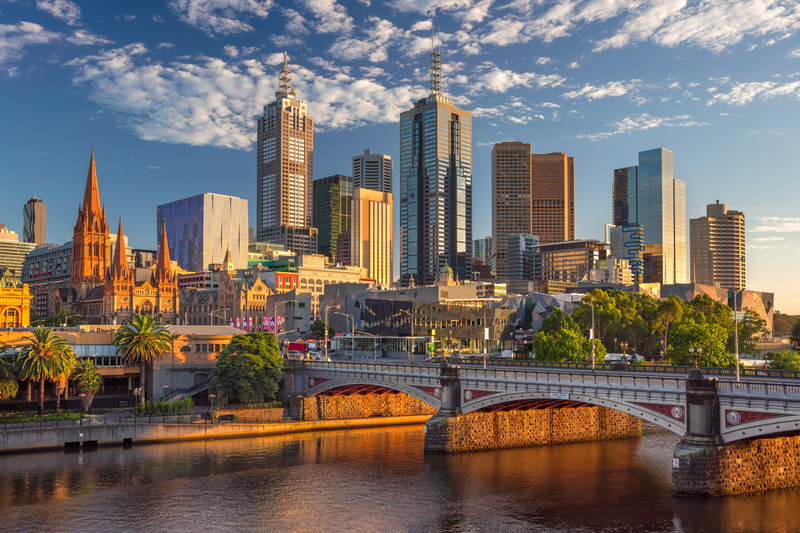Terminals +info
The airport consists of four main terminals: Terminal 1 (T1), Terminal 2 (T2), Terminal 3 (T3), and Terminal 4 (T4).
Terminal 2 is dedicated to international flights, while Terminals 1, 3, and 4 handle domestic traffic.
T1 is primarily used by Qantas, T3 by Virgin Australia, and T4 is a budget terminal used by airlines like Jetstar.
All terminals are conveniently located within walking distance of each other, making transfers between domestic and international flights relatively seamless.
Reviews +info
On this website, you will find valuable tips and reviews about Melbourne Airport, designed to help you navigate your travel experience smoothly. These reviews can help you understand what to expect in terms of service quality, cleanliness, and overall passenger experience.
-Our Review of Melbourne Tullamarine Airport
-Pros and Cons of MEL Airport
-Mini-Guide of the Airport (2’ Guide)
-Other reviews
-Some Stats
Transport +info
Get to Melbourne city centre by the available means of transport at Melbourne Airport:
Bus: Several bus options are available at Melbourne Airport.
See more information
Taxi: Get within 30 minutes to downtown Melbourne by taxi.
See more information
Train: Transfer by train to Melbourne city centre.
See more information
Transfers: If you want private transportation to and from Melbourne Airport, you can book a transfer.
See more information
Car hire: Hire a car at Melbourne Airport or through our search engine!
See more information
Contact
Address: Departure Dr, Tullamarine
VIC 3045, AUSTRALIA
Phone: +61 3 9297 1600
Lost and Found: +61 3 9297 1805.
Service hours: 07:00 am to midnight, seven days a week.
About Melbourne
Melbourne, the capital city of Victoria, is Australia’s second-largest city by population, following Sydney. As of 2025, Melbourne’s population has grown significantly, reaching 5.39 million residents, accounting for approximately 19% of the national population. By mid-2025, projections indicate the population will surpass 6.14 million, driven by consistent growth rates fueled by overseas migration, internal relocation, and natural increases. The city is also a hub for international visitors, welcoming over a million annually.
Known as Australia’s sport and cultural capital, Melbourne boasts a vibrant arts scene, world-class sporting events such as the Australian Open and Formula 1 Grand Prix, and iconic landmarks like Federation Square and the Melbourne Cricket Ground (MCG). Its multicultural fabric is reflected in its diverse cuisine, festivals, and neighborhoods.
Melbourne was founded on 30 August 1835 by settlers from Van Diemen’s Land (modern-day Tasmania), led by John Lancey aboard the schooner Enterprize. Unlike other colonial cities established by convicts or under direct Crown authority, Melbourne was founded by free settlers and businessmen. The settlement was formalized under Crown authority in 1837. The city’s rapid development was largely fueled by the gold rush of the 1850s, which transformed it into one of the wealthiest cities in the world at the time.
Today, Melbourne is a thriving metropolis with extensive infrastructure and urban planning initiatives aimed at accommodating future growth. Projects like the third airport runway and expansions in public transport reflect its commitment to sustainability and livability. Despite challenges such as housing affordability and congestion, Melbourne remains one of the most desirable cities globally due to its cultural richness, economic opportunities, and high quality of life. By 2056, its population is projected to reach 9 million, solidifying its position as a key player in Australia’s future development.



